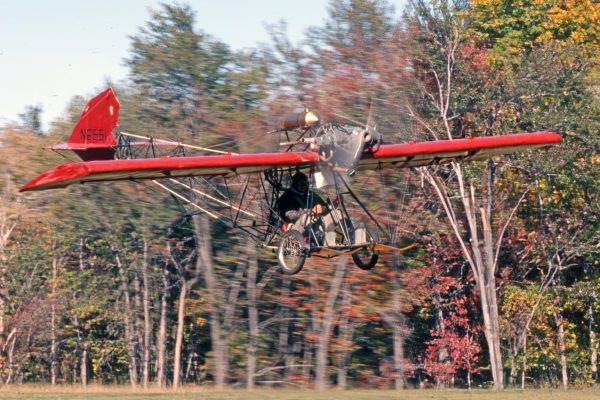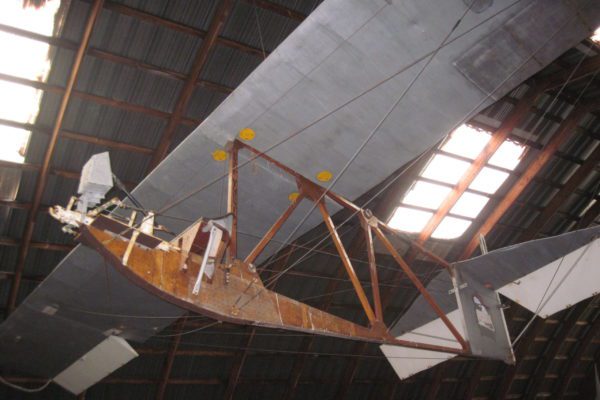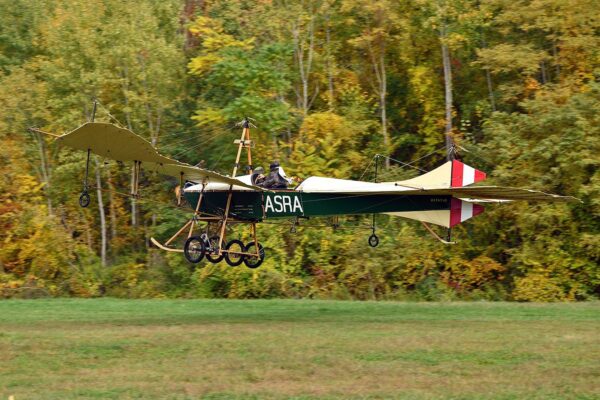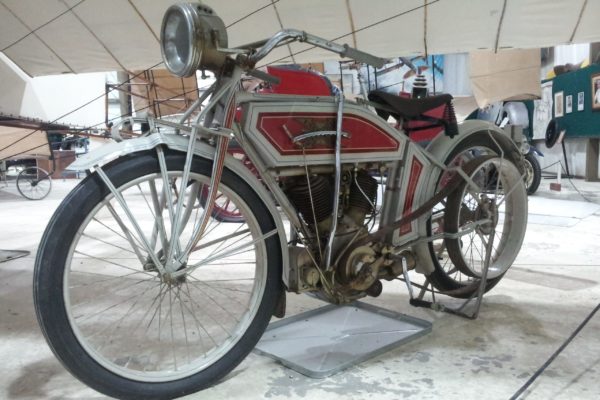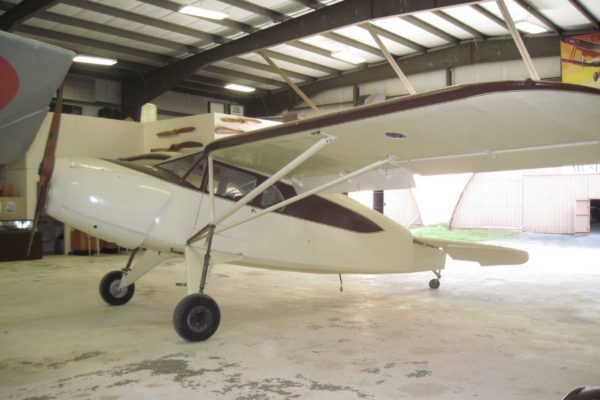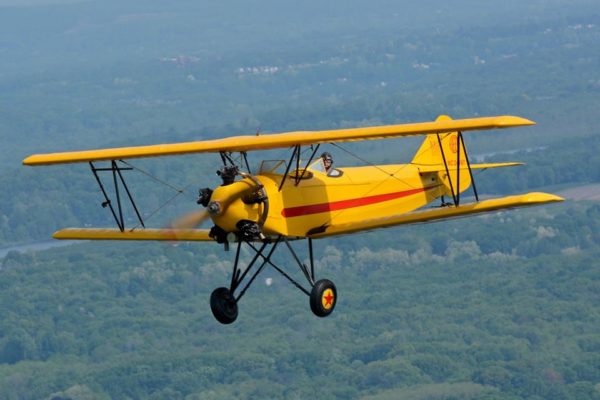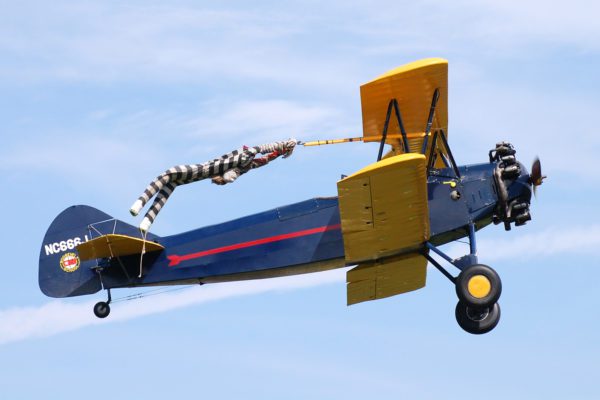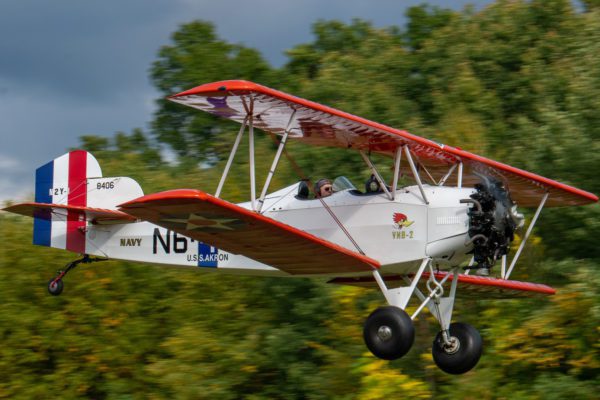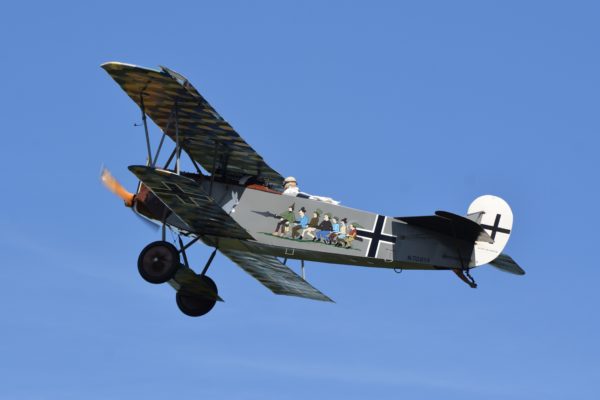Year: 1968
Engine: Continental
Horsepower: 65
Wingspan: 16 ' 8"
Gr. Weight: 315 lbs (143 kg)
Original/Reproduction: Reproduction
The “Gazelle” is a modern homage to the Brazilian aeronaut and aviator Albertos Santos Dumont and his 1907-9 Demoiselle monoplane that he designed and flew in France. The Gazelle features much of the appearance and functionality of its predecessor but is far more structurally sound and equipped with a modern air-cooled engine

